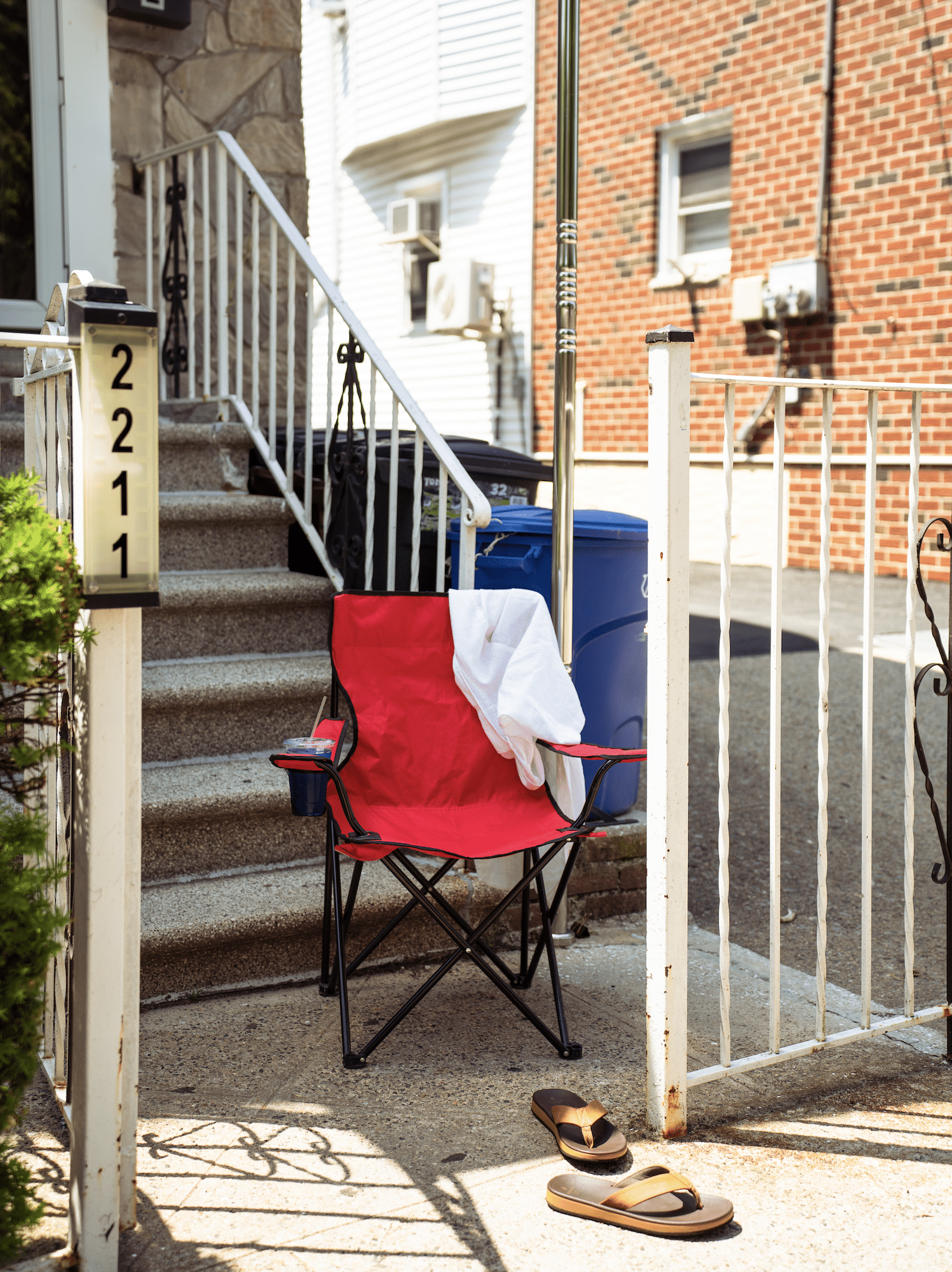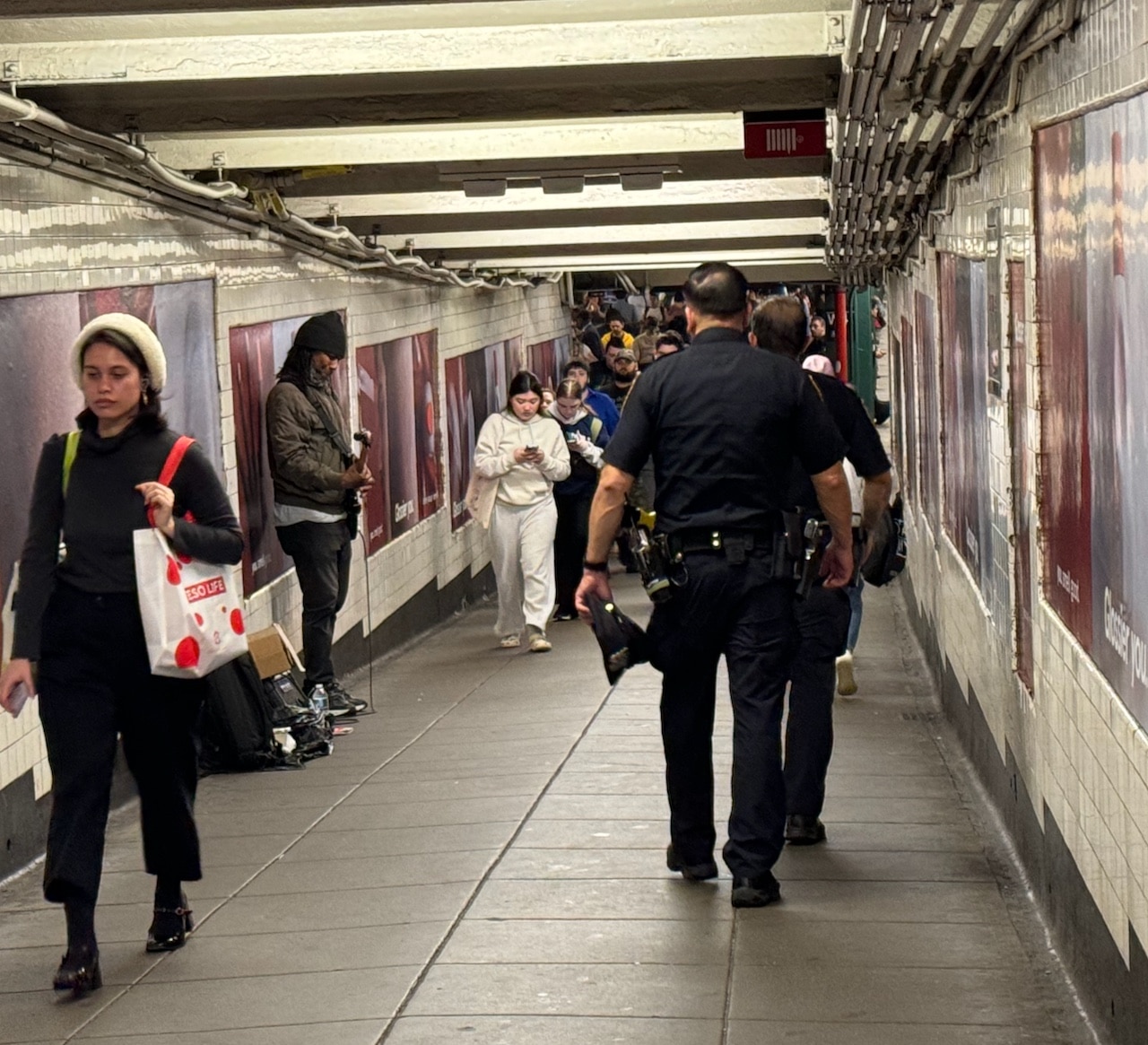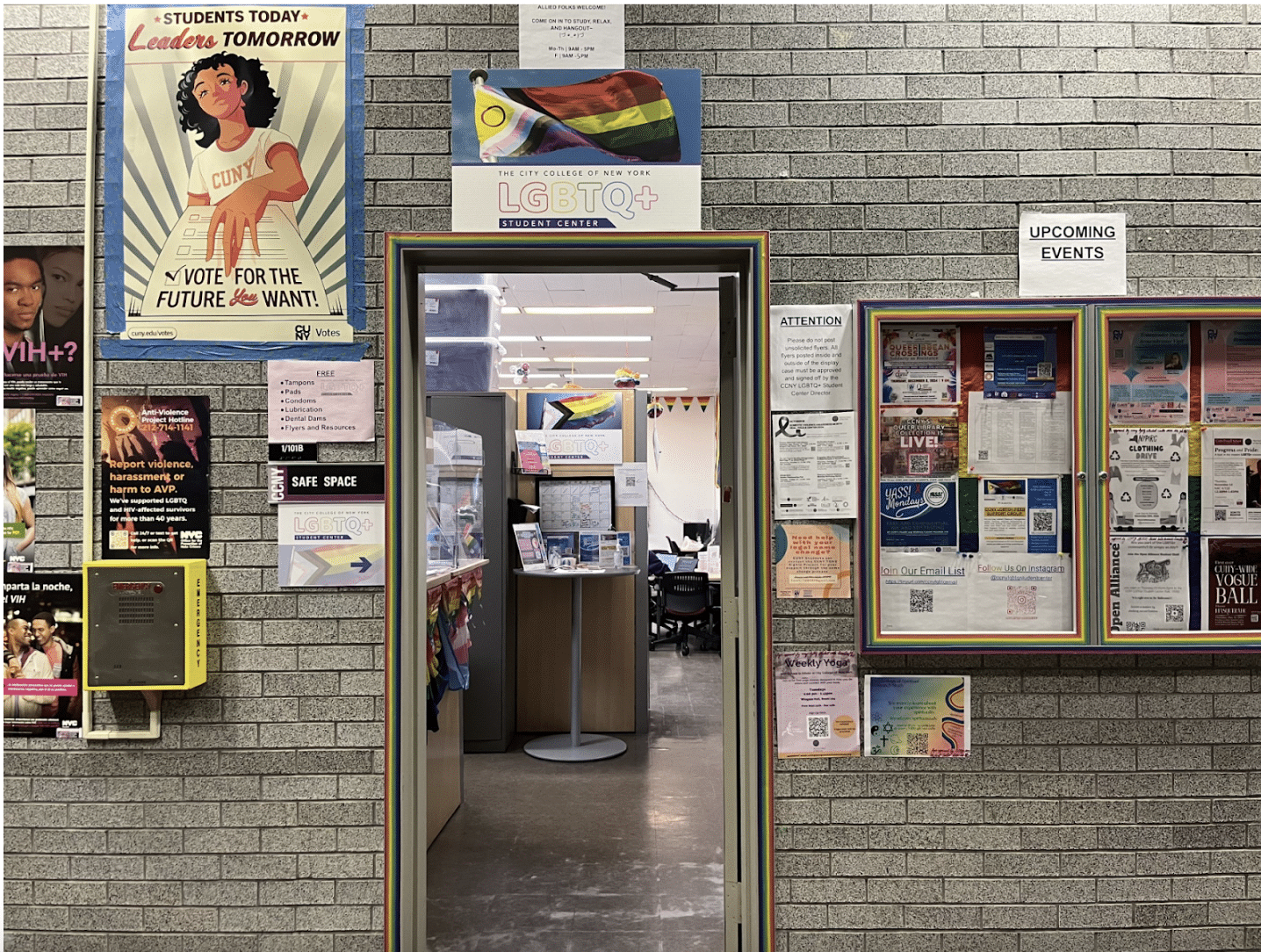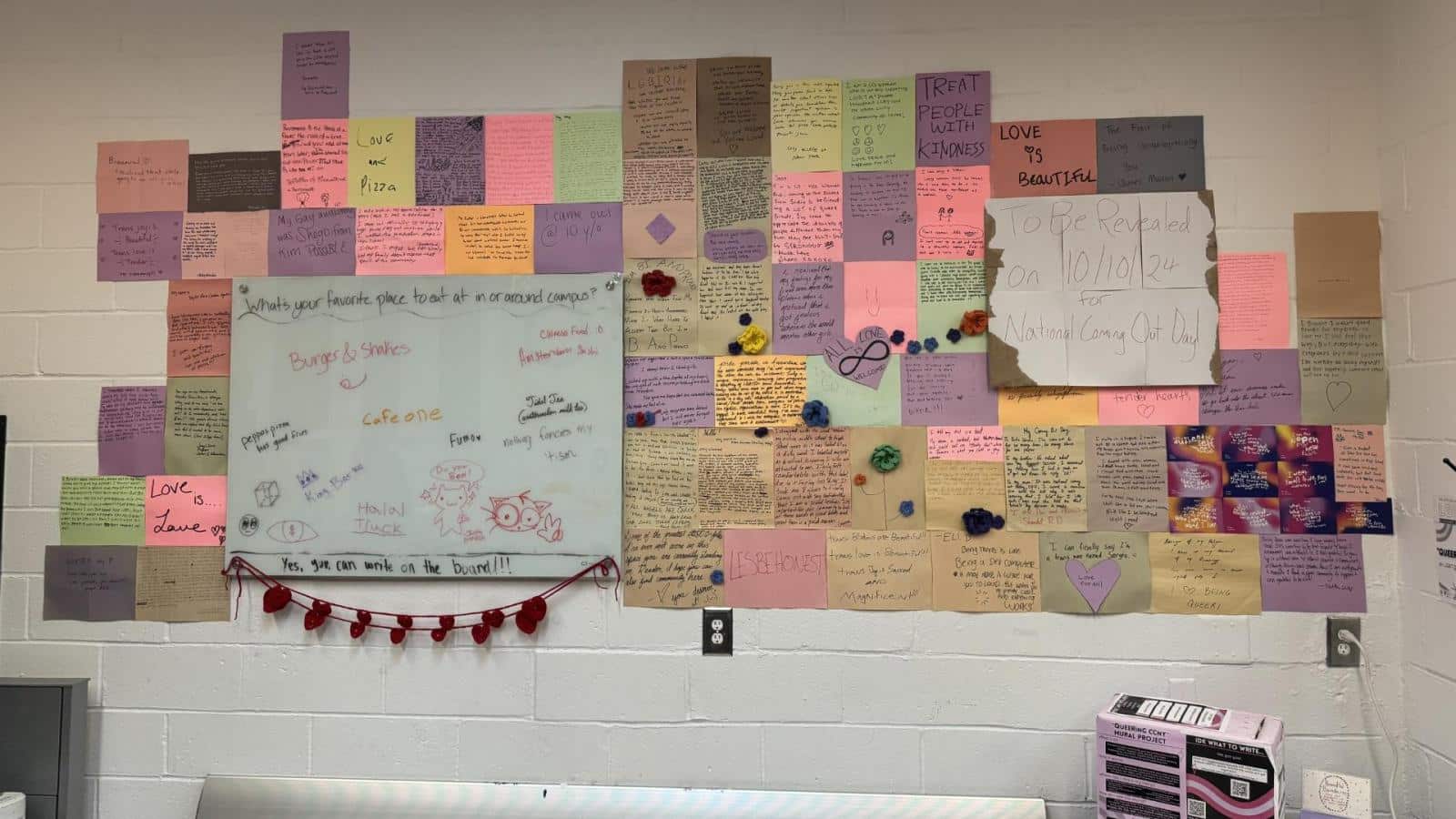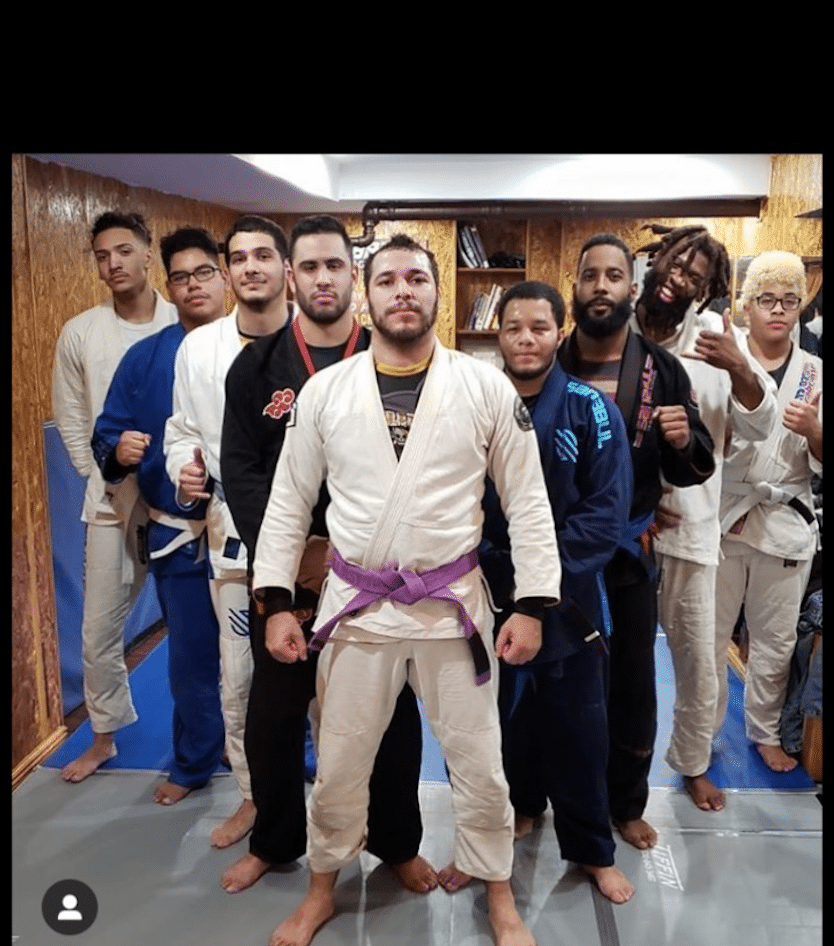It can get lonely when you don't know your neighbors. Photo by Muhammad Irfan.
I’ve lived on this block, in Pelham Gardens, for eight months now and I’ve heard exactly six words from a neighbor. “Use this instead, it’ll be easier,” my neighbor from across the street said. It was the first snowstorm of the winter, and I was clearing snow from the windshield of my car with a small brush. He handed me a larger brush and I did the job quickly. As soon as I thanked him and gave back the brush, he disappeared behind his door without saying another word. We never exchanged names. We never spoke again. Sometimes I still see him parking his car or quickly stepping inside his house, but it’s always just a glance, and nothing more.
Maybe it’s just my block? A city with about 29k people per square mile, according to census.gov, can’t be that disconnected, right? Turns out the issue is bigger than just my block. Lots of neighborhoods across New York City are quietly losing their sense of community. Neighborhood engagement is fading behind closed doors and silent streets. According to a March 2025 Pew Research Center survey, only 26% of Americans say they know all or most of their neighbors. The rest either know only a few, or none at all.
On my block, that silence is louder than anything else. I walk home every evening at different times, at 5 p.m., 6 p.m., 8 p.m., or sometimes at 10 p.m. At those times, you’d expect kids playing, neighbors talking, or people walking home from work. But I always walk to the same scene, parked cars and empty sidewalks. I rarely see kids outside, and I’ve never seen neighbors get together. Sometimes I wonder if I’m missing something. Maybe I just moved during an odd season, or maybe people prefer the comfort of their homes, or does anyone even live here?
Over the last eight months, I’ve seen my landlord, Alvin, for a total of four times, and all we ever exchange is the quickest “Hey” followed by a nod. He always looks like he’s got somewhere better to be. I guess everyone does, and there’s never a chance to stop and ask, “How are you doing?” The only things connecting us are the street we live on and the sidewalk we share.
At first, I was thinking of reaching out to my neighbors and my landlord for interviews for this story. I tried knocking on doors or catching them on the sidewalks to ask what their thoughts are. For every door I knocked, I got either silence or “We don’t have time right now.” For every text I sent, the response was “Busy right now.” And the sidewalks were always drier than the Sahara Desert. Funny how in one of the densest cities in the U.S., it’s hard to find one person to talk to. My block has no typical New York City corner deli, no playground, and no community gathering, just houses, cars, and silence.
Before Pelham Gardens, I lived in Morris Park for almost five years. It wasn’t lively there either, but at least people stepped outside from time to time. Neighbors walked their dogs, sat on steps, and often shared more than just a quick hello. You could count on seeing a familiar face every now and then. People used to ask, “How you doing?” Here in Pelham Gardens, I’ve started to wonder if the silence is permanent. Maybe I’m a part of the problem too, not reaching out or breaking the silence myself.
But then, I’ve learned that in other neighborhoods, some find the same silence.
Zhuolin Li, 20, has lived in Bensonhurst, Brooklyn all his life, yet his neighborhood feels just as quiet. He doesn’t know any of his neighbors either. “I say hello and that’s it,” he said. “We don’t really talk,” and after I asked why, he replied, “They’re like 30-plus years older than me. And they smoke,” he paused, then added, “My neighbors are white. I’m not. There’s no reason to talk.” He thought for a minute and said, “Everyone keeps to themselves, no one really stops to talk.”
Karthik Reddy B moved to Flushing, Queens two and a half years ago. When asked if he knows any of his neighbors, he said, “You mean if I talk to them? Nope.” He’s a sophomore studying computer science at The City College of New York (CCNY), and usually leaves early for college, goes home late, or just stays in his room, so there aren’t many moments where an interaction might happen. “I just don’t feel like talking,” he said. “I just want to do my things without bothering anyone.” He thought about it for a minute or two and said, “It’s not like I never talk, maybe just once in a while they say good morning or something, then I say it back,” he added. “But beyond that, nothing ever happens,” he said.
While most of his neighborhood is quiet, some of the people still engage. But he noticed that even when people do talk, it’s usually Indian neighbors talking with other Indian neighbors. “We don’t see people talking to their neighbors much…maybe it’s the language. Maybe they just don’t feel comfortable talking,” he said.
His answers sounded familiar. Sometimes it’s easier to stay in your own bubble. Sometimes it’s just habit. Sometimes it’s comfort. And after some time, that silence becomes normal.
Angie Perez lived in the Claremont Park neighborhood of the South Bronx for almost seven years. “I did not know most of my neighbors,” she said. “My block did not have a sense of community.”
The reason was clear. “A group of boys on the block sold drugs to the entire neighborhood. At times, there was even violence.” She said. “People on our block would just come in and out of their homes to head to school or work.” There were no shared spaces near her apartment. The closest library was 10 blocks away. The park was five. She added, “There wasn’t anything bringing us together.”
Fear played a role. “I didn’t know anyone on my block by name because I felt scared of them and kept them at a distance.” But just a few blocks away, things seem different. Neighbors had dogs, and they used the local park often. She added, “We ended up organizing a petition to bring a dog run to Crotona Park. I met over 100 group members and got really close to many of them.”
“It was incredible to fight together for a common good,” she said. “But I realize this was a privilege, not everyone gets that chance.”
Even in very mixed neighborhoods, people seem reluctant to mingle. Richard Perez lives in Astoria, Queens, in a neighborhood of Greeks, Bangladeshis, Egyptians, and Hispanics. He recently moved back, after a 20-year absence, to the exact same apartment and block where he lived from the time he was 12 until he was 34. “I don’t know my neighbors well. I don’t know their names or what they do,” he said.
His neighborhood was more connected when he was growing up. “Store owners used to know your name. There were more mom and pop stores. People now are just worried about paying their bills.” Paying the bills isn’t something new, he said the biggest shift is the internet. “Younger generations are more into their devices, playing online, and not going out to socialize.”
But even then, there’s still some sense of community left, mostly just through events. He said, “Especially if you have children, but even if you don’t, there are some events that go on for free in my neighborhood. These events are organized usually by churches, nonprofit organizations and schools.”
Some people admit that they are wary of their neighbors. Li Phang has lived in Elmhurst, Queens for about 20 years. She knows some of her neighbors, but she doesn’t talk much. “Not everyone is your friend,” she told me. She keeps her distance, not because she dislikes people, but because she doesn’t always feel safe. “I live alone, so I don’t share too much. If people know my timing and schedule, they can do weird stuff.”
Her neighborhood is mostly Chinese and very convenient. There are three major Chinese grocery stores within a 15-minute walk, and a walk 20 minutes in each direction leads to a different community of Indians, Bangladeshis, and Hispanics. “People know each other here,” she said. “Most people here are low income, so they have connections and help each other with things like EBT and Medicare. Convenience builds community.” She sees people standing in groups outside delis or around the corners, talking. And in the summer, there are dance classes every morning at 7 a.m. But she generally keeps to herself.
Yet some communities still feel like real neighborhoods. People know each other. They talk, they help out, and they show up when others need them. Josh Perez’s block in Harlem is one of those places. He has lived there since the mid-80s, just a few blocks from CCNY. He said he knows his neighbors, “A little too well.” He laughed and said, “I have a neighbor whose hobby is to learn everyone’s personal life.”
“In the summer, I see people around the block hanging out on the streets. A majority being people who live in the neighborhood,” he said. “Our neighbors sometimes fight, and their arguments are heard. But that’s just part of being close.” That closeness comes with time, he said. “It’s just everyone knowing each other for so long and recognizing familiar faces.”
Then he shared a story about a fire a few buildings down from his. “People from the neighborhood ran over with bottles of water to help the families. Their homes were burning, and everyone just showed up,” he said. “You don’t forget stuff like that.”
It’s a relief to know that community exists at least on some blocks. But on my block, I still don’t know what anyone’s voice sounds like. I walk past the same houses and the same parked cars every day. Sometimes I think about the guy from the first snow. I wonder if he remembers handing me the snow brush. Probably not.
Series: Community
